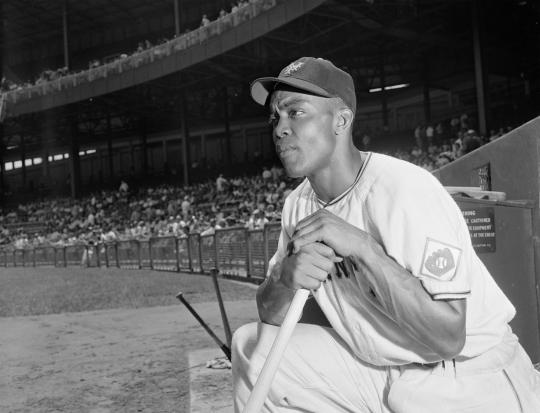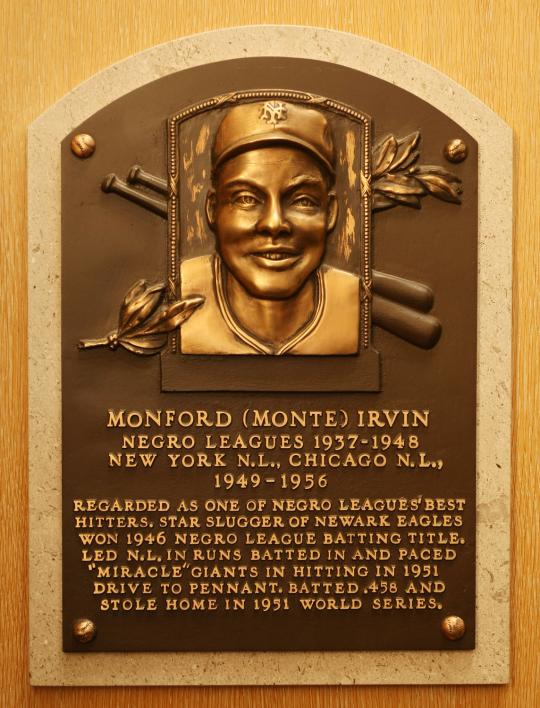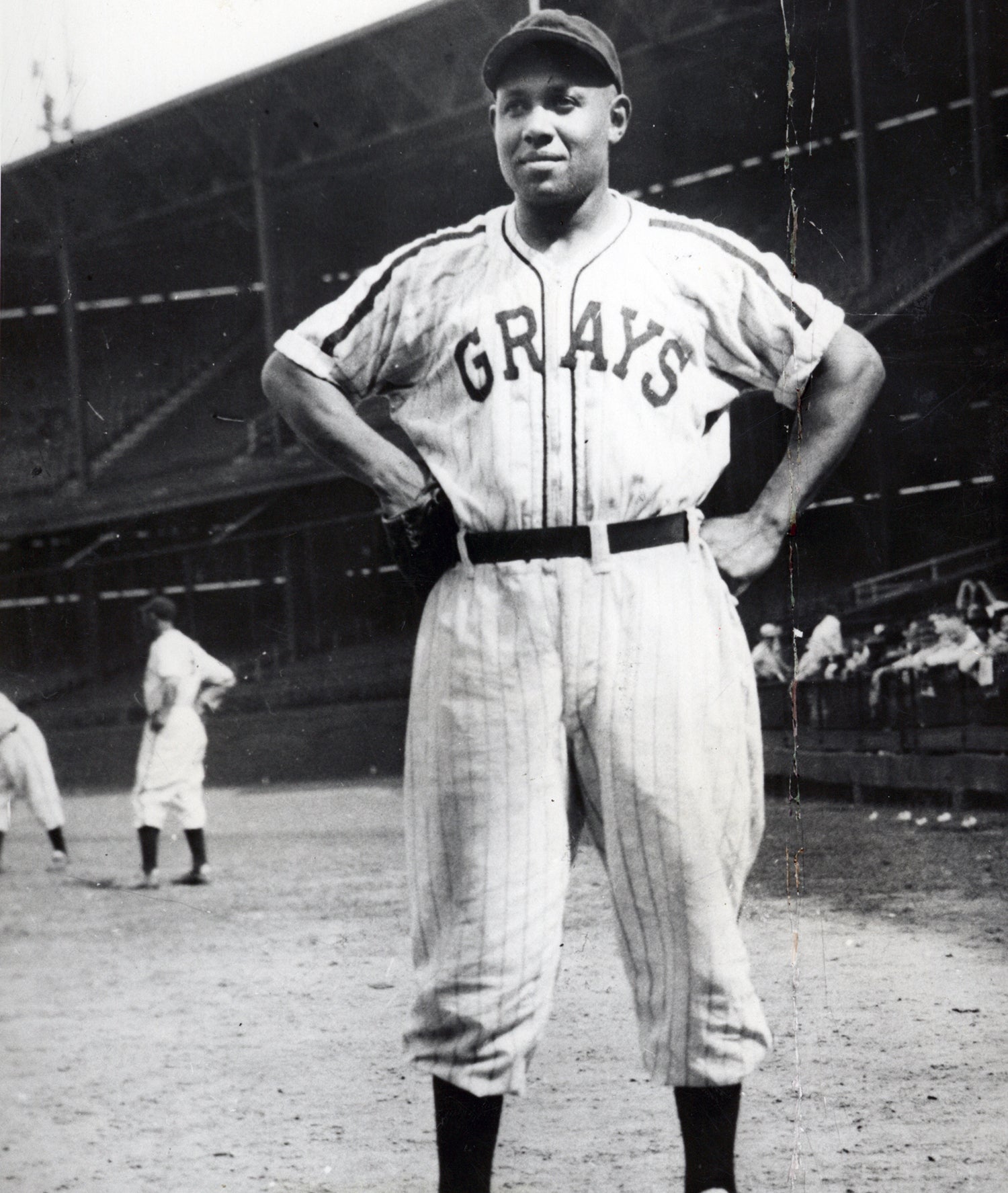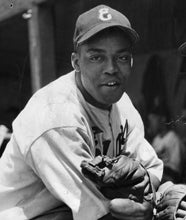- Home
- Our Stories
- Remembering Monte Irvin
Remembering Monte Irvin
Monte Irvin was not the first African-American player in the modern major leagues.
But of all the talented players who made the perilous trip from the Negro Leagues to the big leagues in the late 1940s, Irvin may have been the best.
Irvin passed away peacefully Jan. 11 at his home in Houston at the age of 96.
“The National Pastime has lost a pioneer with the passing of Monte Irvin, and the Hall of Fame has lost a devoted family member and friend,” said Jane Forbes Clark, Chairman of the National Baseball Hall of Fame and Museum. “Monte followed in the footsteps of Jackie Robinson as one of the men who integrated baseball, then proceeded from his exceptional playing days to working tirelessly for years in the Commissioner’s office. His impact will always be felt on the game, and he will be missed in Cooperstown.”
A terrific amateur athlete who starred throughout integrated baseball in the 1940s, Irvin was thought by many – including future Hall of Famer Effa Manley – to be the player who would eventually integrate the big leagues.
“Monte was the choice of all Negro National and American League club owners to serve as the No. 1 player to join a white major league team,” said Manley, who owned the Newark Eagles of the Negro National League and passed away in 1981. “We all agreed, in meeting, he was the best qualified by temperament, character ability, sense of loyalty, morals, age, experiences and physique to represent us as the first black player to enter the white majors since the Walker brothers back in the 1880s.
“Of course, Branch Rickey lifted Jackie Robinson out of Negro ball and made him the first, and it turned out just fine.”
It also turned out fine for Irvin, who starred for eight seasons in the majors with the Giants and the Cubs before being elected to the Hall of Fame in 1973.
“I always respected Monte Irvin as much as any player I played with,” said teammate Bobby Thomson before his passing in 2010. “He would show up and do the job every day; one of the strong guys on the ball club.”
Irvin, born Feb. 25, 1919 in Haleburg, Ala., was a four-sport athlete in high school and began playing professional baseball while in college under an assumed name to keep his amateur status. He joined the Newark Eagles and quickly became an outstanding all-around player.
He could hit for power, was a strong fielder at shortstop and could steal bases. One of the league’s biggest stars, he was elected to four East-West all-star games. After asking for a raise and being denied, Irvin went to play in Mexico and won the Triple Crown there in 1942.
Irvin’s baseball career was put on hold when he was drafted later that year into the U.S. Army. He served for three years as an engineer with the GS Engineers 1313th Battalion, and helped build infrastructure across the European conflict. In 1944, his unit was deployed to the secondary line during the famous “Battle of the Bulge.”
He returned to the Eagles in 1946, where he won his second batting title and helped win the Negro World Series.
In 1949, the New York Giants bought Irvin’s contract from the Eagles. In 1951 as New York’s regular left fielder, he sparked the Giants to win the pennant, hitting .312 with 24 home runs and a National League-best 121 RBI, en route to a third-place finish in the NL Most Valuable Player voting. Although the Giants lost to the Yankees in the World Series, Irvin batted a team-best .458 in the six-game series.
He played for the Giants for seven seasons, was selected to the 1952 All-Star Game and won a World Series with them in 1954. After an ankle injury, Irvin spent his final season with the Cubs in 1956. He finished with a .293 career batting average, 97 doubles, 99 home runs, and 443 RBI in the major leagues.
Irvin later became a scout for the New York Mets and later spent 17 years as a public relations specialist for the commissioner’s office under Commissioner Bowie Kuhn.
Irvin was elected to the Baseball Hall of Fame in 1973 by the Committee on Negro Baseball Leagues, becoming the fourth Negro Leaguer elected following Satchel Paige, Josh Gibson and Buck Leonard.
Monte Irvin played four sports as a high schooler in Orange, N.J., and may have been one of the very best amateur athletes in New Jersey history. BL-13-2008-26 (Larry Hogan / National Baseball Hall of Fame Library)
Share this image:
Monte Irvin was elected to four East-West All-Star Games in the Negro Leagues before signing with the New York Giants in 1949. In New York, Irvin finished third in National League MVP voting in 1951 and was voted to play in the MLB All-Star Game the following year. He was elected to the Hall of Fame in 1973. BL-7168-89 (National Baseball Hall of Fame Library)
Share this image:
“Monte Irvin’s affable demeanor, strong constitution and coolness under pressure helped guide baseball through desegregation and set a standard for American culture,” said Jeff Idelson, President of the National Baseball Hall of Fame and Museum. “His abilities on the field as the consummate teammate are undeniable, as evidenced by World Series titles he contributed to in both the Negro and Major leagues, and a richly-deserved plaque in Cooperstown. He was on the original committee that elected Negro Leagues stars to the Hall of Fame, something for which the Museum will always be grateful.”
Irvin was the second-oldest living Hall of Famer, behind only Bobby Doerr, and the eighth-oldest living former big leaguer overall.
“Baseball is a game you’d play for nothing,” Irvin said. “And I am so happy the Lord gave me a little ability, because it allowed me to meet a lot of good people and see so many exciting places.”
Samantha Burkett is a freelance writer from Fairport, N.Y.
Hall of Fame Plaque
MONFORD (MONTE) IRVIN
NEGRO LEAGUES 1937-1948
NEW YORK N.L., CHICAGO N.L.,
1949-1956
REGARDED AS ONE OF NEGRO LEAGUES’ BEST
HITTERS. STAR SLUGGER OF NEWARK EAGLES
WON 1946 NEGRO LEAGUE BATTING TITLE.
LED N.L. IN RUNS BATTED IN AND PACED
“MIRACLE GIANTS” IN HITTING IN 1951
DRIVE TO PENNANT. BATTED .458 AND
STOLE HOME IN 1951 WORLD SERIES.
Video Tribute
More on Monte Irvin
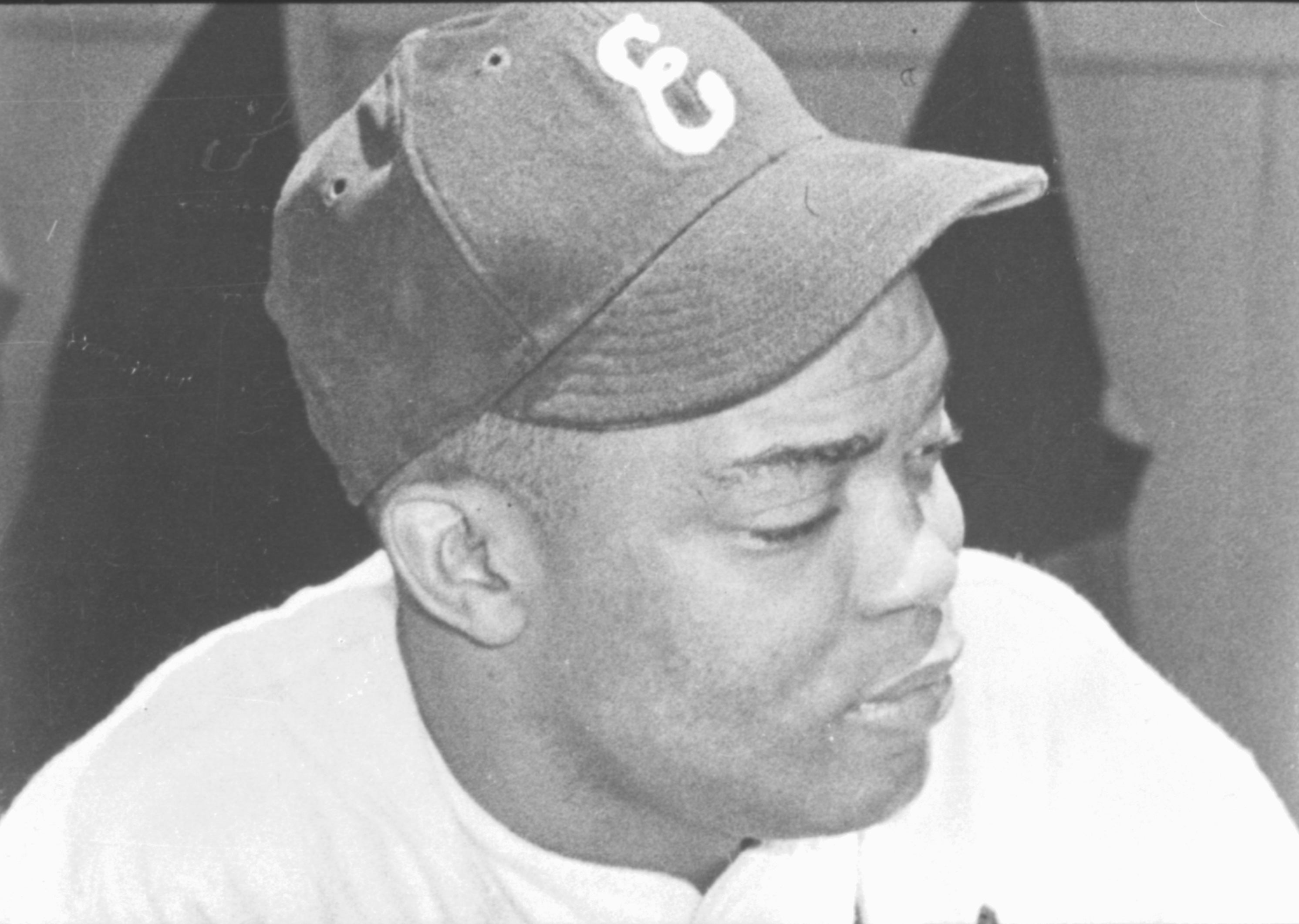
Monte Irvin Remembers
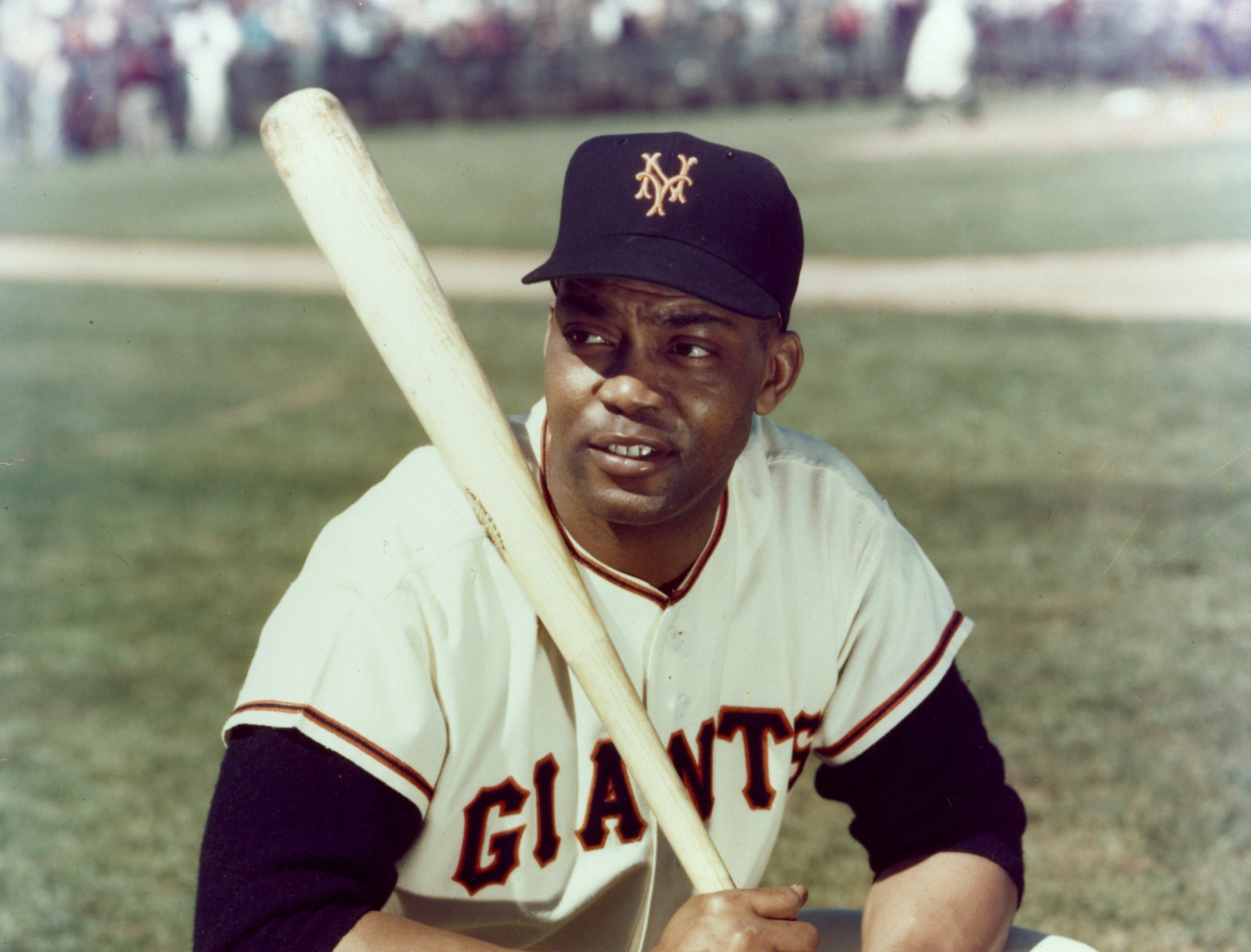
Monte Irvin proved his greatness in National League

Irvin and Thompson debut for Giants

Monte Irvin Remembers

Monte Irvin proved his greatness in National League

Irvin and Thompson debut for Giants
Support the Hall of Fame
Related Stories

2004 Hall of Fame Game
Fans to Cast Their Votes for Frick Award Ballot Candidates

Baseball and the Funny Papers

2002 Hall of Fame Game

Thrill of Success: Will Clark debuts on Today’s Game ballot

Making of a Legend

A Classic to Remember
Hall of Fame Weekend 2017 to Feature Inductions of Jeff Bagwell, Tim Raines, Iván Rodríguez, John Schuerholz, Bud Selig, July 28-31 in Cooperstown
BL-175.2003, Folder 2, Corr01d
Treasures from Cooperstown Coming to Capital Region for Tri-City ValleyCats Game on Saturday
Hall of Fame Celebrates World Series Weekend, Honoring San Francisco Giants, Aug. 1-2 in Cooperstown
01.01.2023
Baseball Luminaries Heading for Cooperstown for Hall of Fame Classic
01.01.2023

